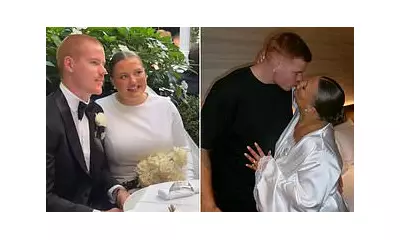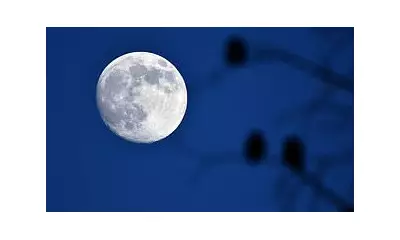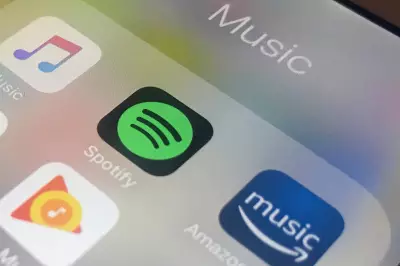
In the sun-drenched streets of Los Angeles, a quiet linguistic revolution is underway, powered by the relentless scroll of TikTok feeds. The very fabric of how Angelenos communicate is being transformed as Mexican Spanish slang permeates everyday conversations across diverse communities.
The Digital Bridge Between Cultures
What began as niche internet subcultures has blossomed into a city-wide phenomenon. Young people from various backgrounds are seamlessly incorporating terms like "qué onda" (what's up), "güey" (dude), and "chido" (cool) into their daily vernacular. This isn't just code-switching—it's the emergence of a new hybrid identity.
From Screen to Streets: How TikTok Fuels the Trend
The platform's algorithm has become an unexpected language teacher, serving Spanish-language content to users regardless of their ethnic background. Content creators like 17-year-old high school student Ashley Galvan demonstrate how naturally these phrases integrate into English sentences, creating what linguists call "Spanglish 2.0."
Why Mexican Spanish Dominates
Los Angeles has deep historical ties to Mexican culture, with approximately 4.9 million people of Mexican heritage calling the metropolitan area home. This demographic reality, combined with TikTok's amplifying power, creates the perfect storm for linguistic cross-pollination.
The Generational Divide and Cultural Implications
While younger generations embrace this linguistic fusion, some older community members express concern about cultural appropriation. However, many see it as a natural evolution in a city where cultures have always intermingled, creating something uniquely Los Angeles.
As one linguistics professor noted, this trend represents more than just slang adoption—it's about building bridges between communities through shared language, creating a new form of cultural connection in the digital age.





